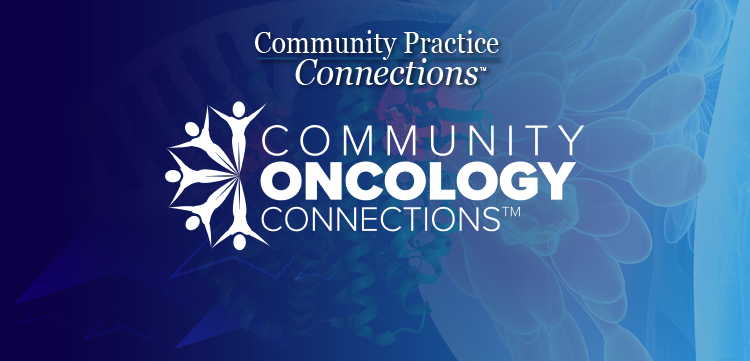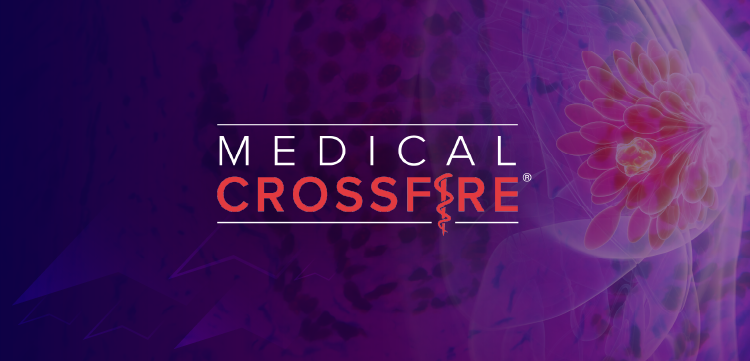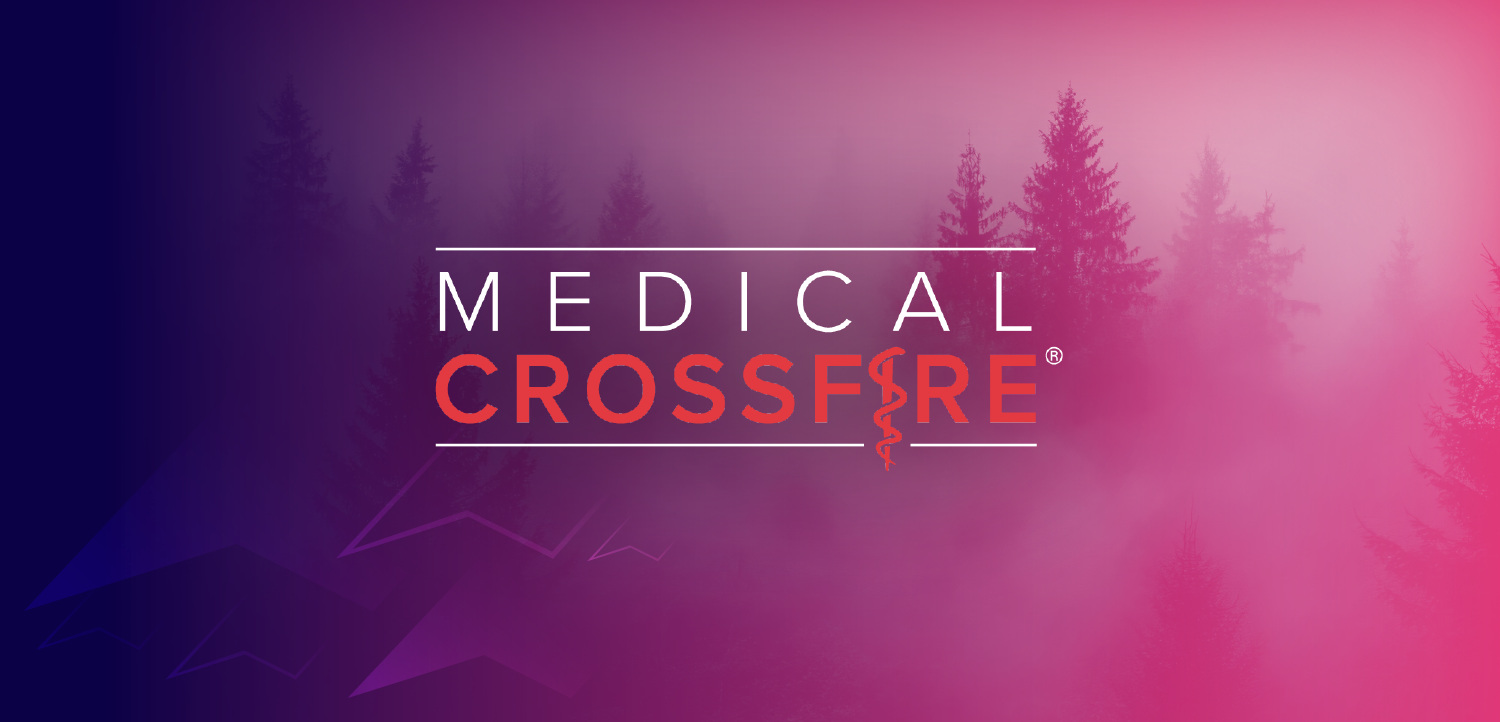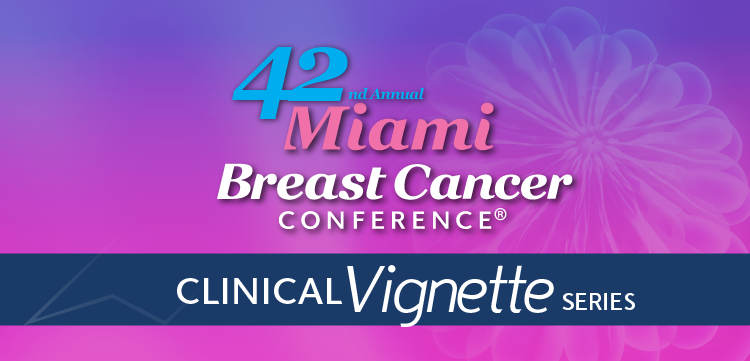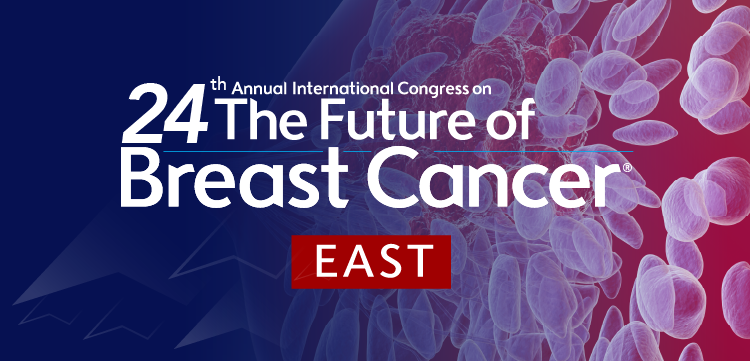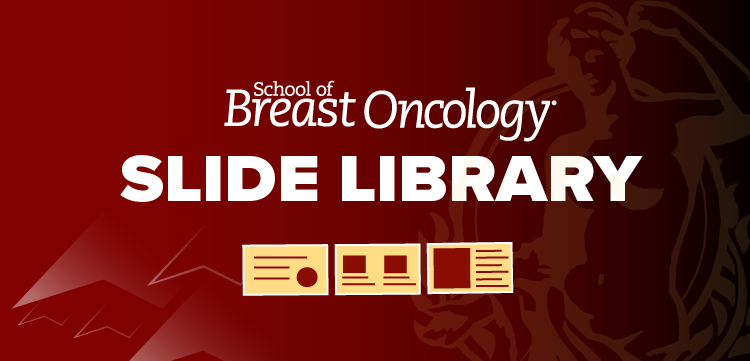
Long-Term Data on IO/IO in RCC Shows Intriguing Results for Favorable Risk
Alan Tan, MD, discusses the 8-year follow-up data from the CheckMate 214 trial of patients with advanced renal cell carcinoma.
Alan Tan, MD, assistant professor of medicine in the division of hematology and oncology at Vanderbilt University Medical Center, discusses the 8-year follow-up data from the CheckMate 214 trial (NCT02231749) of patients with advanced renal cell carcinoma (RCC).
The phase 3 CheckMate 214 trial investigated the combination of ipilimumab (Yervoy) plus nivolumab (Opdivo) compared with sunitinib (Sutent). It was the only dual immunotherapy (IO) trial in the front line, compared with 3 other regimens combining IO with tyrosine kinase inhibitor (TKI). It had 3 primary end points of overall response rate, progression-free survival (PFS), and overall survival (OS) focused on the patients with intermediate or high risk by International Metastatic RCC Database Consortium (IMDC) risk status.
At 8 years of follow-up, approximately one-third of patients had a durable remission and are mostly not receiving treatment, Tan noted. The trial led to FDA approval only in patients with intermediate- or high-risk disease because of the study design, but over time, the patients with favorable risk also demonstrated an HR of 0.82 favoring IO/IO. Though this is an exploratory post hoc analysis, Tan says that this combination seemed to perform better in the favorable-risk group than IO/TKI combinations in terms of HR.
TRANSCRIPTION:
0:10 | We now have 8-year follow-up from the first IO combination trial of CheckMate 214. It's the only one out of the four main ones that I would say is immunotherapy-only based. So IO/IO is how we like to refer that to, and it's ipilimumab plus nivolumab. Essentially this study had an interesting 3 coprimary end points. It's looking at ORR, PFS, and also OS in the intermediate and poor-risk population. But then they looked at all IMDC in the secondary end points as well.
Essentially, what we've seen over 8 years now is that you have a continued tail of the curve. About a third of the patients in the intention to treat population are still doing well. They're alive and probably mostly off treatment. So we see a durable remission. The FDA approved this combination for intermediate- and poor-risk only. But interestingly, we now see, after 5 years, that the curves are starting to cross over in even [favorable] risk. So you're still seeing an HR of [0.82], which is probably the better HR that that we're seeing, compared [with] the IO/TKI combinations, which actually are either above 1 or close to 1.





